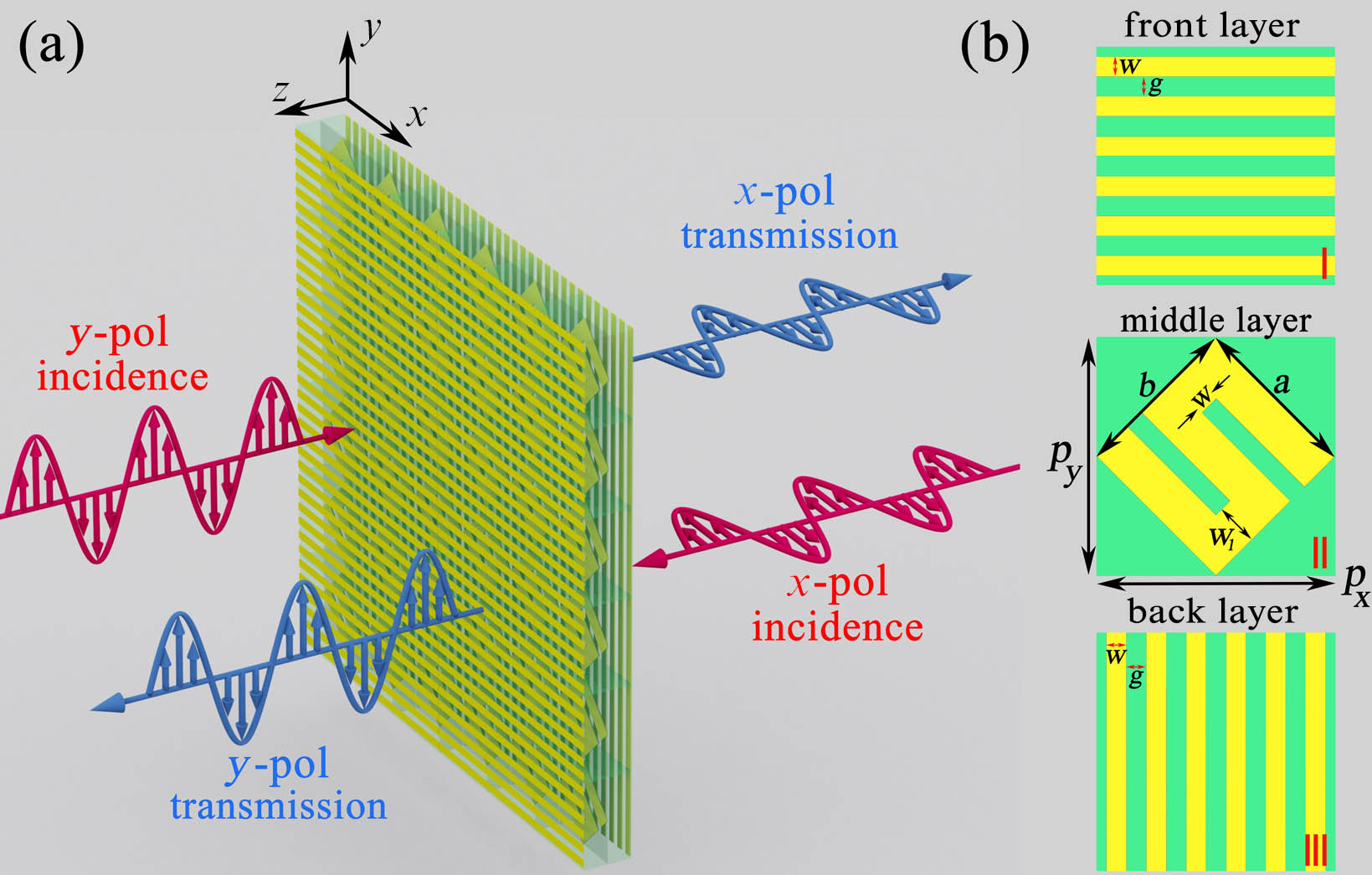Jingcheng Zhao, Nan Li, Yongzhi Cheng, "Ultrabroadband chiral metasurface for linear polarization conversion and asymmetric transmission based on enhanced interference theory," Chin. Opt. Lett. 21, 113602 (2023)
Search by keywords or author
- Chinese Optics Letters
- Vol. 21, Issue 11, 113602 (2023)
Abstract
Keywords

Set citation alerts for the article
Please enter your email address



